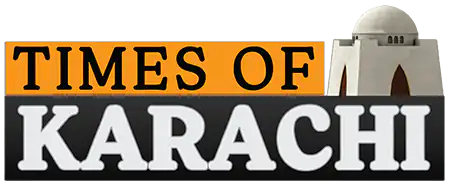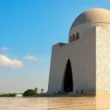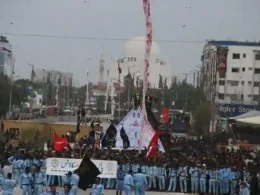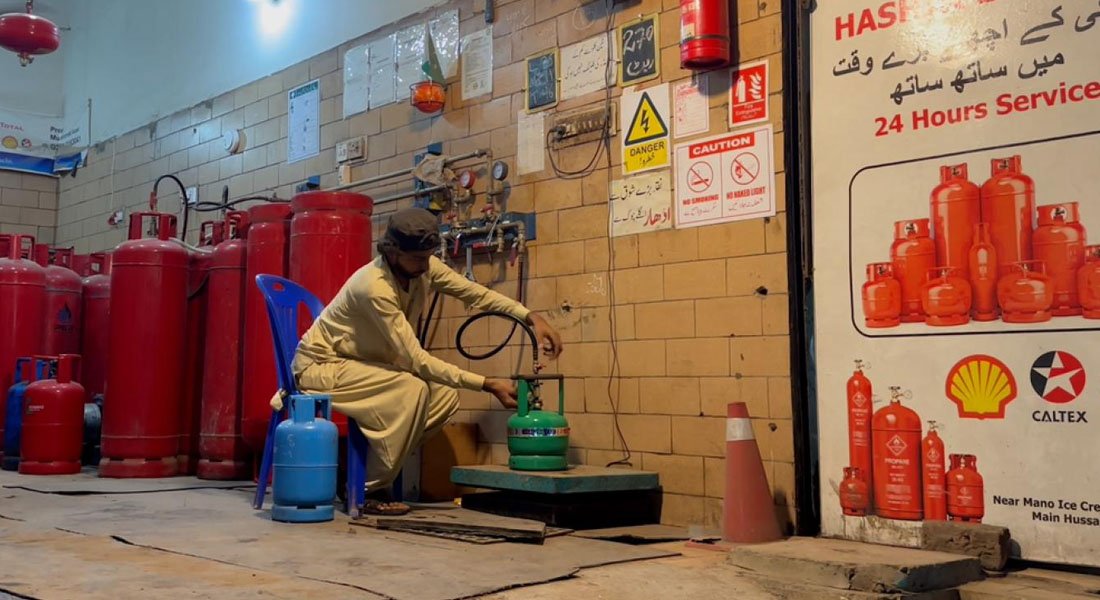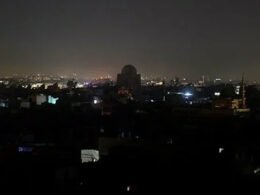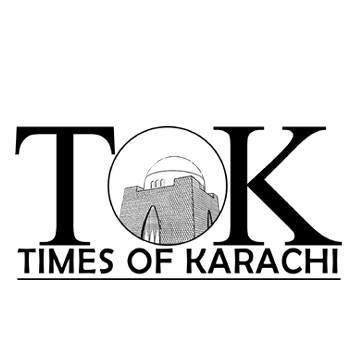On the second day of the 17th International Urdu Conference, a session was held discussing the evolution of Karachi, the changes it has undergone over time, and the challenges it now faces as a result of unchecked urban development.
A session titled ‘Karachi: Kal or Aaj’, moderated by Aaliya Naqvi, featured urban planning experts Arif Hasan, Asma Ibrahim, Nauman Ahmed, and Dr. Kaleemullah Lashari.
Asma Ibrahim discussed Karachi’s geographical importance, lamenting that its significance has faded due to illegal constructions, which she attributes to the building mafia.
“The city is disappearing quickly, and behind this is the building mafia,” the speaker said.
Dr Lashari shared historical reports, reflecting on the city’s once thriving weather, architecture, and port, all of which he said have drastically changed.
He expressed that the Karachi was the city used to be a crucial place where one could travel anywhere through its land and sea routes.
Arif Hasan spoke humorously about how the city was once home to a mix of rich and poor communities, which coexisted in various neighborhoods from the 1950s to the 1960s.
He noted that these areas still serve as reminders of Karachi’s past, even as the demographic and architectural landscape has changed.
Nauman Ahmed observed that Karachi had once served as a bridge between East and West Pakistan, fostering a prominent Bengali community.
However, after 1971, the rapid influx of people from various regions altered the city’s demographic and architectural makeup. He stressed the need to protect the city’s heritage from the destruction caused by the building mafia.
The session concluded with a call for stronger laws to regulate development, alongside the creation of a Karachi museum to preserve the city’s historical and cultural legacy.
Source: The News International
